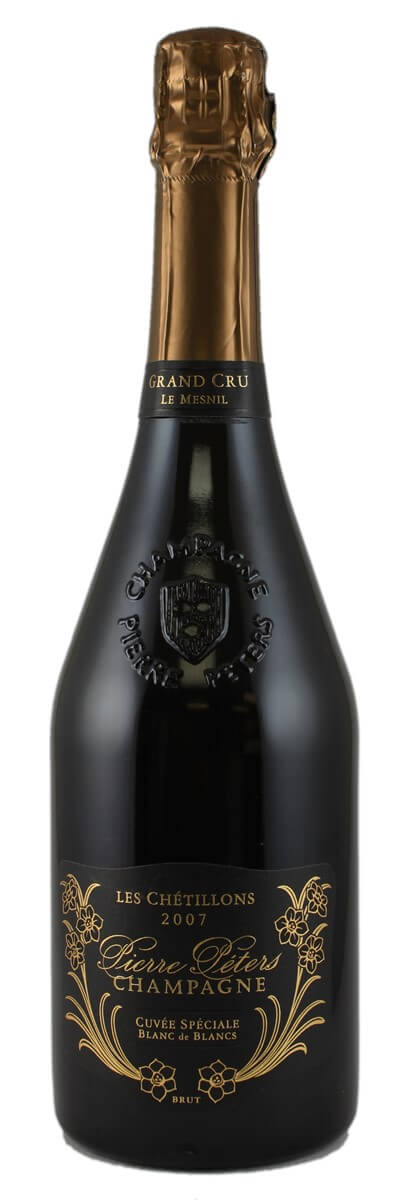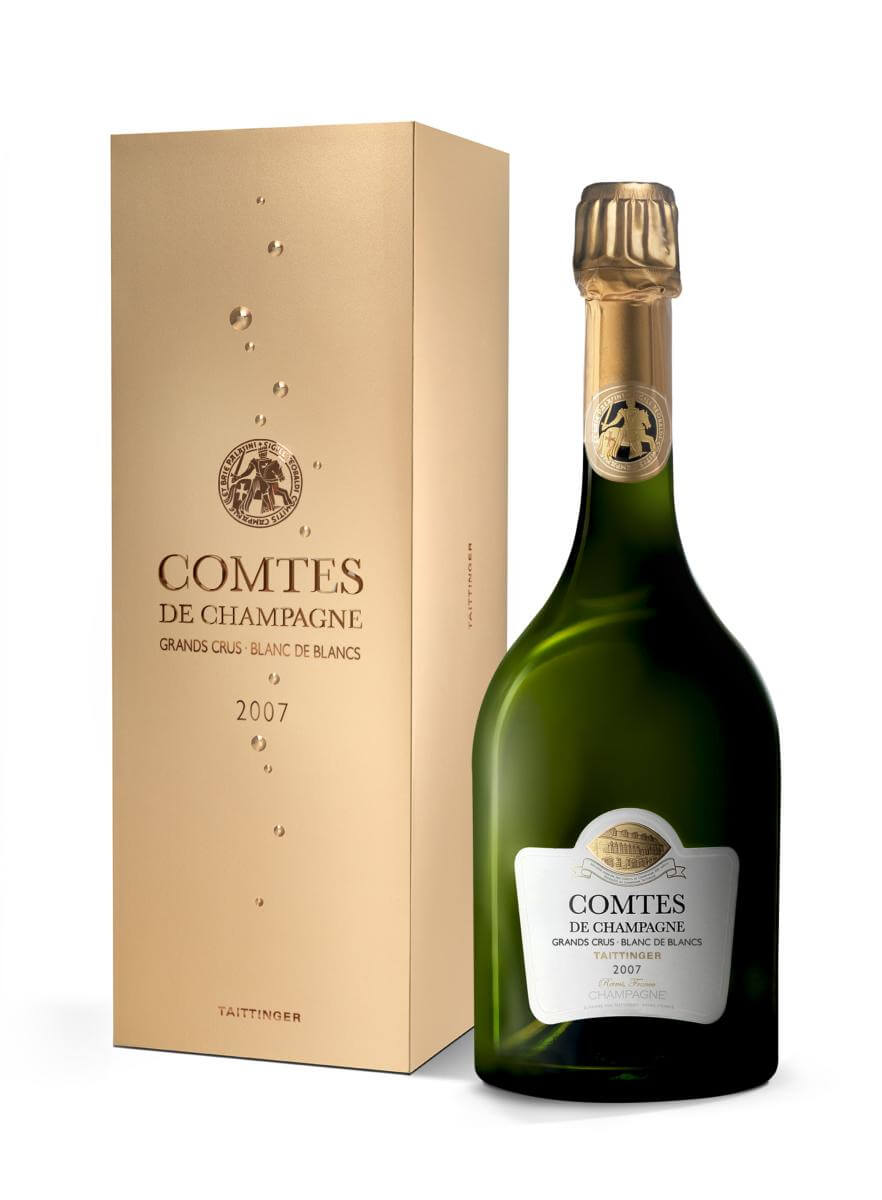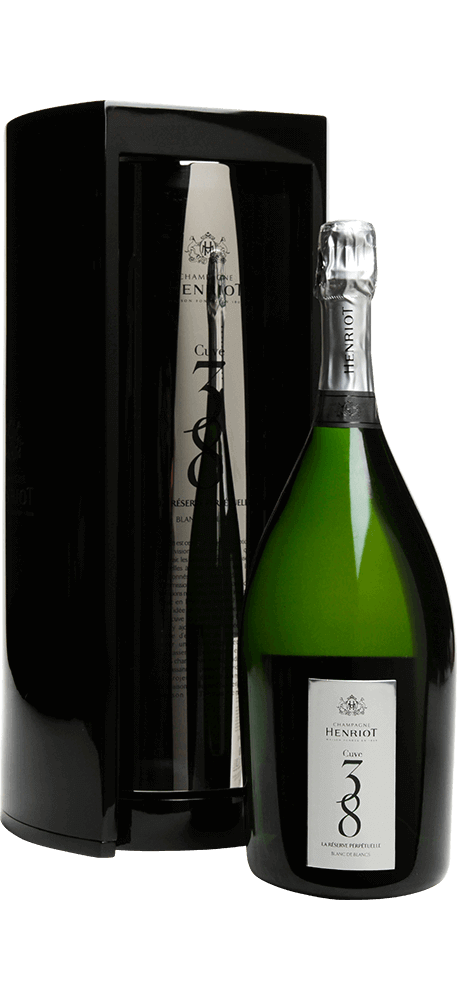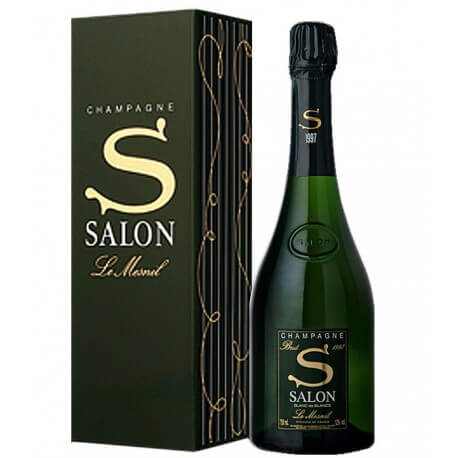Champagne Heaven! A Sublime Tasting Session With Pierre Peters Les Chétillons 2007, Taittinger Comtes de Champagne 2007, Henriot Cuve 38, And Salon 1988 And 1999
by Ken Gargett
This week felt a little like going back to school – champagne school! Everywhere I went, up popped some of the great champagnes I have looked at here in recent times plus a few more.
Not that I am complaining.
It started recently when my “usual wine group” run by a few doctors met for the regular lunch. We catch up around six to eight times a year and look for a special theme for each gathering. This time it was “great whites of France.”
The champagne was the Pierre Peters Les Chétillons 2007. For me, wine of the day.

Pierre Peters Les Chétillons 2007
Les Chétillons is finally gaining recognition as one of the very great prestige champagnes available. Its present winemaker is Rodolphe Peters, a sixth-generation farmer and fourth-generation winemaker. The ultimate Chardonnay specialist. Pierre Peters has been offering champagnes since 1919 when Camille Peters made the decision to go to the public.
Actually, the company’s first bottlings were in 1914, though these were sold to other champagne houses. Rodolphe took the reins in 2007 and under him exports have grown to 80 percent of the business.
The east facing Les Chétillons is three plots of old vines averaging over 50 years in age (ranging between 45 and 85 years). Each parcel is made separately then later blended together – around half the production is kept as reserve wine, more in lesser years. The wine itself has been made since 1971 (not a bad vintage with which to kick off). In those days, it was as the Pierre Peters Special Club.
Production of Les Chétillons is around 12,000 bottles in a good year, less if more has been used for reserve wines.
Even Salon usually manages around 60,000 bottles per annum. Compare that with Taittinger Comtes, which makes between 100,000 and 300,000 bottles, yet that is still a drop in the ocean when compared with Dom Pérignon.
Although exact figures are not offered, it is usually accepted that Dom Pérignon produces three to five million bottles each release. No wonder Les Chétillons is not so well known.
As ever, this 2007 was gloriously elegant and complex. Excellent concentration, a fine, lingering style with notes of honey and mushrooms. Layered and luscious with that trademark brilliant, almost crystalline, elegance and focus with citrus notes. Oyster shells, grapefruit, and a bone dry finish over a creamy texture. As good a champagne as I think I have seen from 2007.
If, however, it had a challenger . . .
Taittinger Comtes de Champagne 2007
The 2007 vintage got average press, but the more I taste it the more I think that is very unfair. The Pierre Peters Les Chétillons 2007, the Taittinger Comtes de Champagne 2007, and Dom Ruinart Blanc de Blancs 2007 are all excellent. I have not tasted the 2007 Salon, but this company does not put out wines in anything other than excellent years.
Yes, this would suggest that Chardonnay is the star performer, and you’d be right. But then along comes the Bollinger from 2007. This is anything but a Chardonnay-dominant style, but a stunner nonetheless. And there are plenty of other examples.

Champagne Taittinger Comtes Blanc de Blancs 2007
For me, the closest challenger for best of vintage is the glorious Taittinger Comtes de Champagne 2007. And just in time: a superbly orchestrated Taittinger event in Brisbane (the wonderful Bernadette O’Shea, one of the finest champagne palates on the planet, who has been mentioned here before, continues to hold the most amazing champagne events) comes along with a chance to revisit the 2007 – if and when I can finally taste the 2008 I am very keen to feature it here (it has been getting the most amazing hype and, I believe, for good reason).
When I reviewed the 2007 Taittinger Comtes de Champagne, I rated it 96 but believed it set to improve. It is already doing so. The score is climbing!
It was first made from the 1952 vintage it one of the earliest prestige cuvees, and there have been 36 releases since then. Comtes is always blanc de blancs (100 percent Chardonnay) with the grapes coming from vineyards from five Grand Cru villages: Avize, Chouilly, Cramant, Oger, and Mesnil-sur-Oger.
First-press juice only, with around five percent aged in new oak barrels for four months to add to the complexity. It is then aged 18 meters below ground level in the magnificent Gallo-Roman chalk cellars of Taittinger.
The 2007 offers that typical mix of richness, concentration, and power. As I have said before, these are champagnes for the cellar. Scintillating stuff. Lemons, florals, gingerbread, pears, and crème brûlée with an underlying oyster shell minerality. An intriguing spiciness is also present.
Still fresh, balanced, crisp, and with great length. Lean with finesse. It is already building that richer and more complex profile, but there is so much more to come.
In a fair world, that would be my lot for the week. As it turned out, there was much more to come.
Henriot Cuve 38 and Salon 1988 and 1999
Some incredibly generous friends of friends who enjoy reading Quill & Pad (who doesn’t?), though for watches as much as wines, read my piece on Henriot champagne where I mentioned I had never had the opportunity to try the very rare and quasi-legendary Henriot Cuve 38.

Henriot Cuve 38
It so happens they had a bottle and thought it was time to enjoy it. Needless to say, such generosity could not go unrewarded and we managed to add a few vintages of Salon to the day.
I really do need to start listing wines I have not tried but would love to more often. Who knows where it could lead?
The Salons first. I reviewed Salon in January 2021 so I will not rehash too much here. The wines we had were from 1988 and 1999. The 1988 is chef de cave Didier Depond’s favorite, and it is impossible to argue with that. The 1988 belongs to the vintage that most thrills me, though 2008 is fast catching up.
My first thought was that perhaps the 1988 was a little more advanced than anticipated, but when one considers it is 33 years old it is showing remarkably well. Rich, complex, hazelnuts, candied orange, stone fruit, ginger, figs, and truffles. Still immaculate balance. Glorious indeed.

Champagne Salon 1999
I was very surprised that I had no notes on the 1999 in my article. For me, it has always been a very good Salon though not quite up there with the best. This one was the finest ’99 Salon I have ever tasted. Still incredibly fresh. Nineteen ninety-nine can be a variable year for champagne, but I do not ever remember seeing one to match this bottle from any producer. Citrus, ginger, stone fruit, a steeliness and yet ethereal. Extraordinary.
Notwithstanding all that, the wine of the day was undoubtedly the magnum of Henriot Cuve 38. Packaged in something that looks like it could be sent to space, this champagne more than lived up to its hype. The Henriot story is told in my earlier piece, but it is worth noting the history of Cuve 38.
This is from a solera style established in 1990 and named after the large 467-hectoliter tank in which it resides at a constant 14°C. Each year, a contribution is added from four prized Grand Cru vineyards – Chouilly and Avize dominate with support from Le Mesnil-sur-Oger and Cramant.
An equivalent amount is removed for use in blending. The amount varies: one percent in some years to 18 percent in others. One thousand magnums are bottled separately. Dosage is less than five grams/liter, and the magnums are aged for five years on cork after disgorgement, before release.
Australia’s entire allocation is three to six magnums a year. The first release of this wine was not until 2015.
Ours was wonderfully sophisticated. Ethereal, refined, finesse. Incredibly persistent. Very much showing the Henriot “DNA.” A chalkiness with lemon pith, orange rind, grapefruit, gentle nuts, and stone fruit. A whiff of honey on the finish. Seamless, balanced, and complex. Well stored, a magnum will drink superbly for many years. Classic Chardonnay at its peak. If you don’t give this wine 100, I can’t imagine what you’ll find worth that score.
Fingers crossed this week offers something similar, but I won’t hold my breath.
You may also enjoy:
Pierre Peters Les Chétillons: One Of The World’s Great Champagnes You’ve Probably Never Heard Of
Salon Le Mesnil Blanc De Blancs: An Original ‘Unicorn’ Champagne
Taittinger Comtes de Champagne 2007: 96/100 Now And Set To Improve Over The Next 20 Years
Dom Pérignon 2008: From The Monk’s Earliest Beginnings To The Most Glorious Champagne Vintage
Bollinger 2008 La Grande Année Champagne: Still Young, But Already A Classic
Henriot Cuvée Hemera 2005: 100% Grand Cru Vineyards Make For A Seamless New Prestige Champagne
Leave a Reply
Want to join the discussion?Feel free to contribute!



Have you ever tasted the La boloree and la haute lemblee by cedric’s bouchard les roses de Jeanne champagne? Especially the pinot blanc version is the best champagne i have ever tried. I am a champagne nut, and had all those you tried minus the henriot 38…
Hi Werner. Thanks for the comments. Certainly a fan of the Bouchard. But I have never seen a bottle of the Pinot Blanc Boloree out here. Will keep an eye.
Have some Parcelle, Vilaine and Bachelin in the cellar and you have motivated me to dig a couple out. I tend to mostly prefer the elegance of the blanc des blancs styles but there is also a time and place for the noirs.